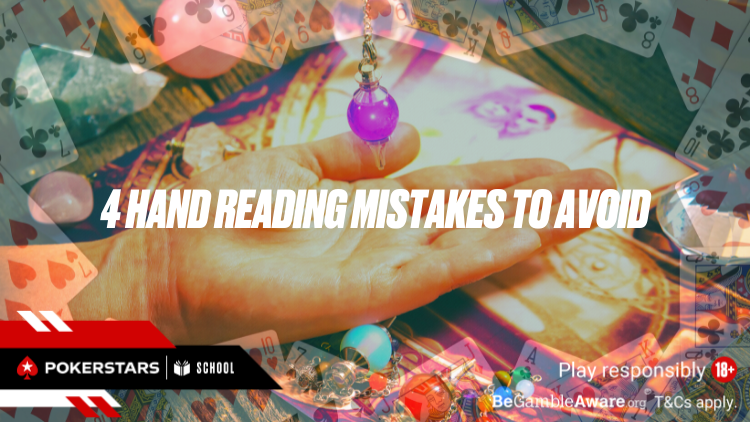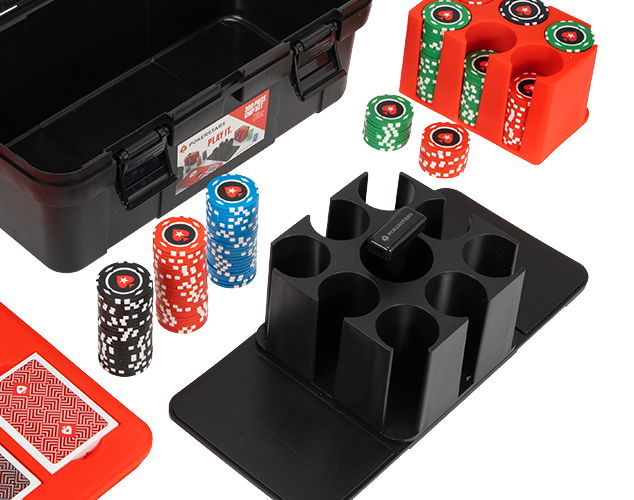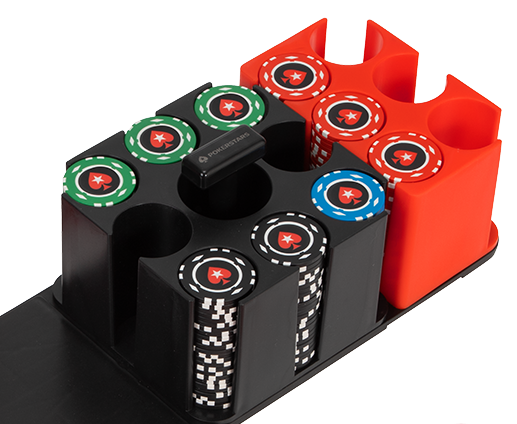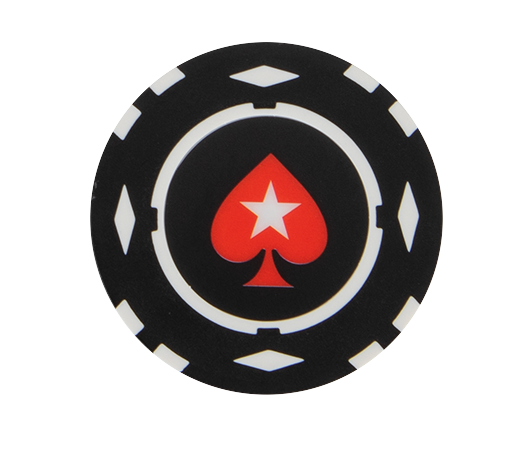We’ve all marvelled at poker players who can call out an opponent’s exact hand during a pot, like a magician finding your card. That’s the goal, after all: to figure out your opponent’s holding and then play optimally against it.
But as poker evolves and its strategies flourish in complexity, calling out an exact hand isn’t necessarily a realistic goal. These days we focus on ranges, giving our opponents an array of possible hands and deciphering the best lines against the range overall.
The more actions we see, the narrower a range becomes. But are you being too specific in the range you’re putting them on? Too vague? Are you ruling out hands you shouldn’t?
This is one thing PokerStars School looks at in this update.
THIS WEEK:
- 4 hand reading mistakes to avoid
- Finding your playing style
- Five tips on medium suited connectors
- More from PokerStars School
4 hand reading mistakes to avoid
Some poker concepts can be taught quickly and applied without too much practice, but others take a lifetime to master. Hand reading is one such imperfectible skill, according to PokerStars School’s Pete Clarke, although we can get better and better at each day we practice.
“By coaching several one-to-one sessions every day, I see the same hand reading errors all the time,” writes Clarke in this article. “Although this list is far from exhaustive, these are the top four things to avoid when putting your opponent on a range of hands.”
Find out four hand reading mistakes to avoid here.
Finding your playing style


When you’re playing your home game with friends, you probably profile your opponents. “He never bets unless he has it,” you might note. “She plays any two cards and loves bluffing,” you might think.
We all have our own styles in poker, right?
Well, according to Clarke, ‘style’ is not an excuse to play however you want.
“Players who are too passive, too crazily aggressive, or too tight will be losing players and such approaches to the game are not going to be considered valid styles of play in this article,” he writes.
“However, within the healthy zone of the poker spectrum, there exist a few different viable styles. In this article, we will be covering tight-solid, solid-aggressive, opportunistic-aggressive, and all-out-attack. Before we get into these options, let’s explore why it is important to find and embrace your style.”
5 tips on medium suited connectors


Don’t you just love picking up some suited connectors? They’re like peas in a pod, destined to be together and ultimately destined to be played.
“We all have a slight affection for the aesthetically pleasing 87s and its close relatives,” says Clarke in this article.
“However, because of their shiny appearance, these are some of the most misplayed starting hands in No Limit Holdem.”
So how should we go about maximising our EV with these hands at the table?
Here are five useful tips on playing medium suited connectors.
More from PokerStars School:
- How to re-evaluate your hand strength post-flop
- 6 reasons to play Zoom over regular cash games
- 8 tips that might help you survive a bad run in poker
- 4 tips that might help with tournament survival when card-dead
- When should you play poker passively?
- When to ignore poker theory
- How to satellite into high stakes tournaments
- 4 tips that may help you be more proactive in poker tournaments
- How to exploit overly aggressive players
- Top 3 misused poker phrases
- How to rewire your brain for poker
- How to play low boards in 3-bet pots
- When to set the trap in cash games
- 10 poker strategy ideas all beginners should know
- When to pull the trigger on big bluffs
- Four Beginner Tournament Mistakes to Avoid
- 4 bad reasons for playing a poker session


Try Poker DoJo today
Download the Poker Dojo app:
Poker Dojo is a fun, free app to help you learn to play poker and improve your game!
Choose from three exciting games: Grid Poker, Strongest Hand or All-in or Fold.
All training games include leader boards, so you can see how you rank among your fellow students.
Download the Poker Dojo app on Android and iOS.












